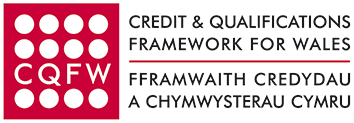| 1. |
Understand the concept of positive practice when working with children and young people with speech, language and communication needs |
|
| 1.1 | Explain how to recognise and build on the strengths of a child or young person by giving different examples of positive strategies | | 1.2 | Compare the differences between strategies based on children and young people’s strengths and abilities and those based around children’s difficulties | | 1.3 | Provide examples of how current research evidence supports positive practice |
|
| 2. |
Know how to work alongside speech, language and communication specialists to use appropriate strategies and targets to support children and young people |
|
| 2.1 | Identify and describe the different strategies and targets that can support children and young people’s speech, language and communication needs | | 2.2 | Explain the process of how supportive strategies are selected and implemented to support children and young people’s speech, language and communication needs | | 2.3 | Explain own role in the process of how targets are set, monitored and evaluated along with specialist | | 2.4 | Compare different examples of how strategies and targets have been used to support children and young people with speech, language and communication needs |
|
| 3. |
Be able to place children and young people at the centre of professional practice when working with children and young with speech, language and communication needs |
|
| 3.1 | Review and identify the particular issues and implications of work setting for children and young people’s speech, language and communication | | 3.2 | Demonstrate ways to adapt and modify own communication, resources and tasks to support children and young people’s speech, language and communication | | 3.3 | Demonstrate effective ways to find out the views of children and young people and take them into account in planning and delivering practice |
|
| 4. |
Understand how to work with others to support the social, emotional and cognitive needs of children and young people |
|
| 4.1 | Explain how speech, language and communication needs can affect social, emotional and cognitive development in children and young people | | 4.2 | Explain how social, emotional and cognitive needs can affect children and young people’s speech, language and communication | | 4.3 | Review and report on the roles of other professionals in supporting children and young people and explain how to access additional support |
|
